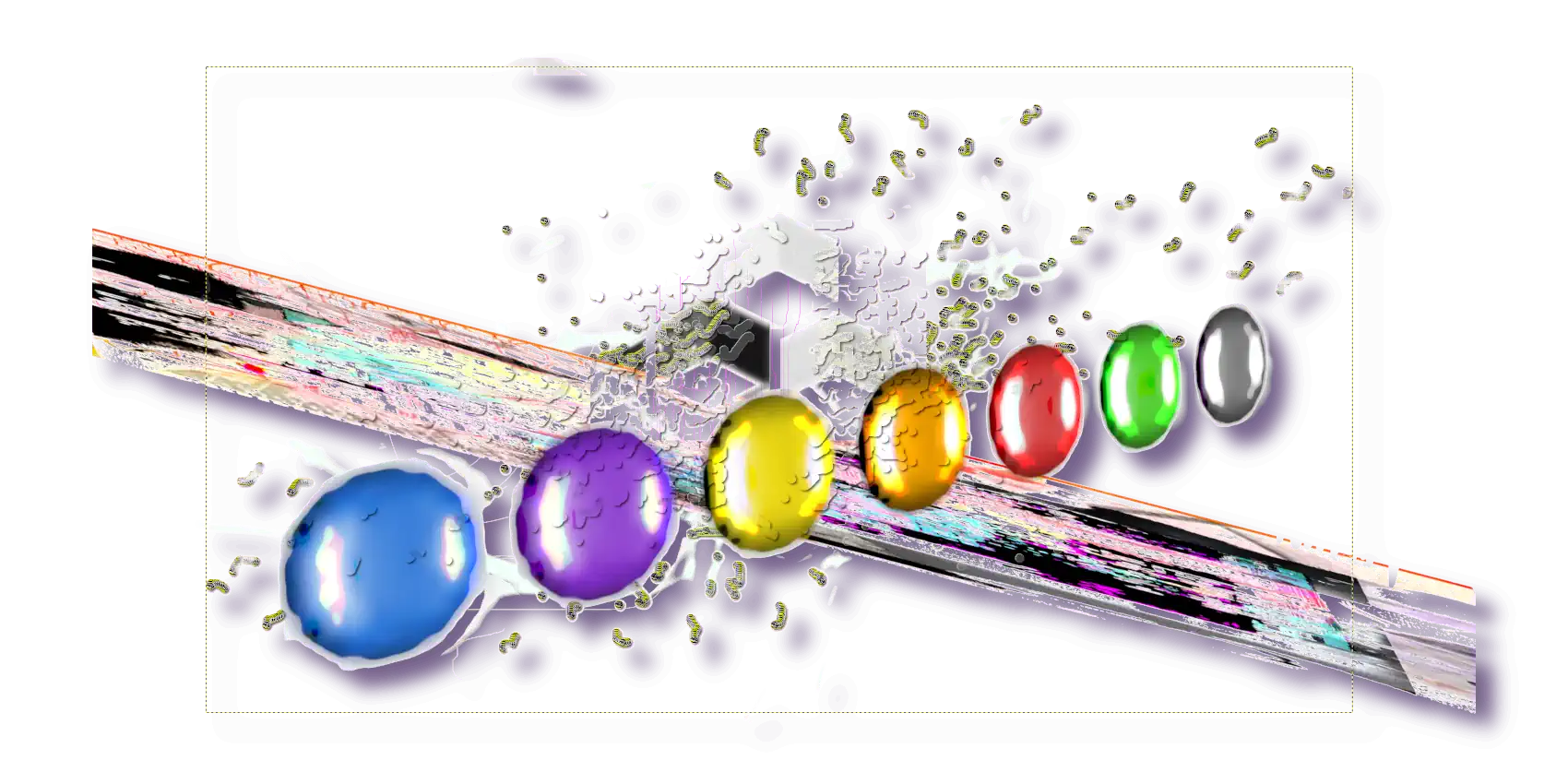Michael, my squatmate, in some random discussion came up with the word „Sporax“. I thought it was a lovely word, so I entered it into google to see if something called „Sporax“ actually exists.
Here’s the unbelievably specialised information it came up with (taken from http://www.heavymachineryinfo.com):
Sporax Applicator for Feller-Bunchers
Annosum root rot affects conifers throughout the Northern Hemisphere, leading to root rot, windthrow, and ultimately, the death of infected trees.
The fungus Heterobasidion annosum causes annosum root rot. The fungus colonizes readily on freshly cut stumps. Partially cut stands have a high risk of infestation because the fungus can colonize on each of the stumps, potentially leading to the loss of many residual trees.
Wind and rain carry the annosum spores. Spores that land on freshly cut stumps grow down the stump’s root system, where they can infect living trees through root grafts or root contacts.
Once annosum becomes established, it can remain active for many years in the South and for several decades in the North. In the South, the hazard rating for annosum root rot is based on soil type. We conducted our preliminary tests at the Department of Energy’s Savannah River Site in South Carolina. Stands of conifers on sandy, well-drained soils there are classified as high hazard.
The primary method of controlling annosum in partially cut stands is by applying Sporax to the stump immediately after cutting. Sporax is a commercial powdered formulation of borax. Its primary active ingredient is boron. USDA Forest Service engineers have devised an applicator system that attaches to a feller-buncher, allowing the operator to treat the stump immediately after the tree has been cut.
The applicator uses an air compressor located behind the feller-buncher’s cab. A hopper holds the Sporax. A mechanism in the hopper controls the amount of powder being applied. Compressed air delivers the Sporax powder to a nozzle behind the cutting head.
The modular design allows timber purchasers to adapt the applicator to virtually any feller-buncher. During timber harvest, the operator cuts the tree, positions the nozzle of the applicator over the stump and activates the system, applying Sporax to the tree stump.
Results:
The system was tested in September 1997 on a 9-acre tract and again in May 1998 on a 29-acre tract. After treatment with borax, stumps retained enough boron to prevent annosum root rot.
?????????????????????????????????
Also, there’s Sporax: the Game

